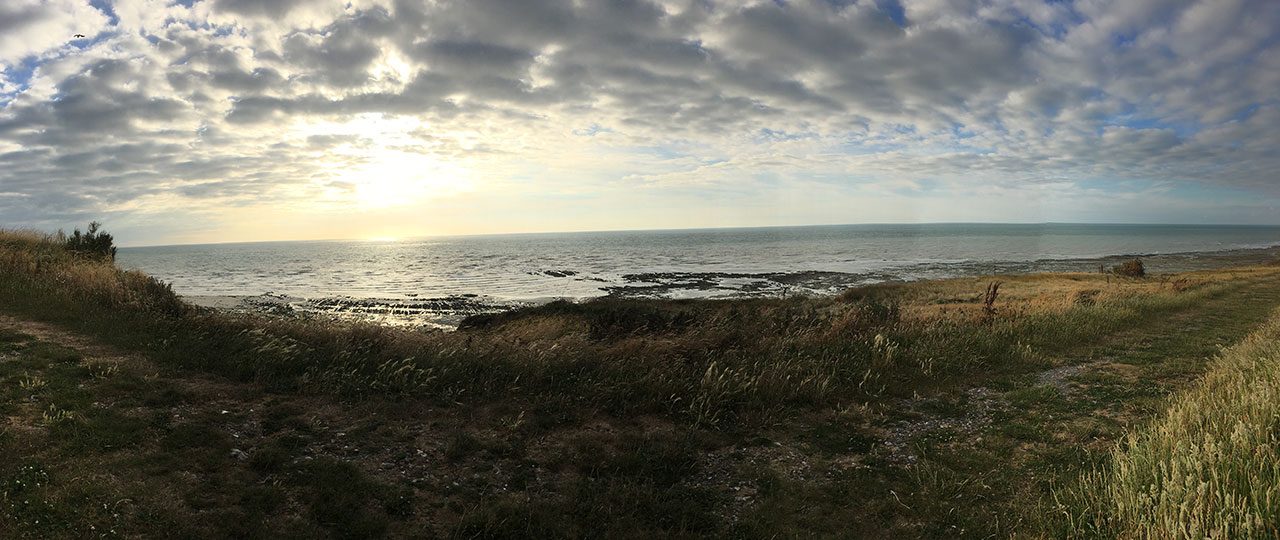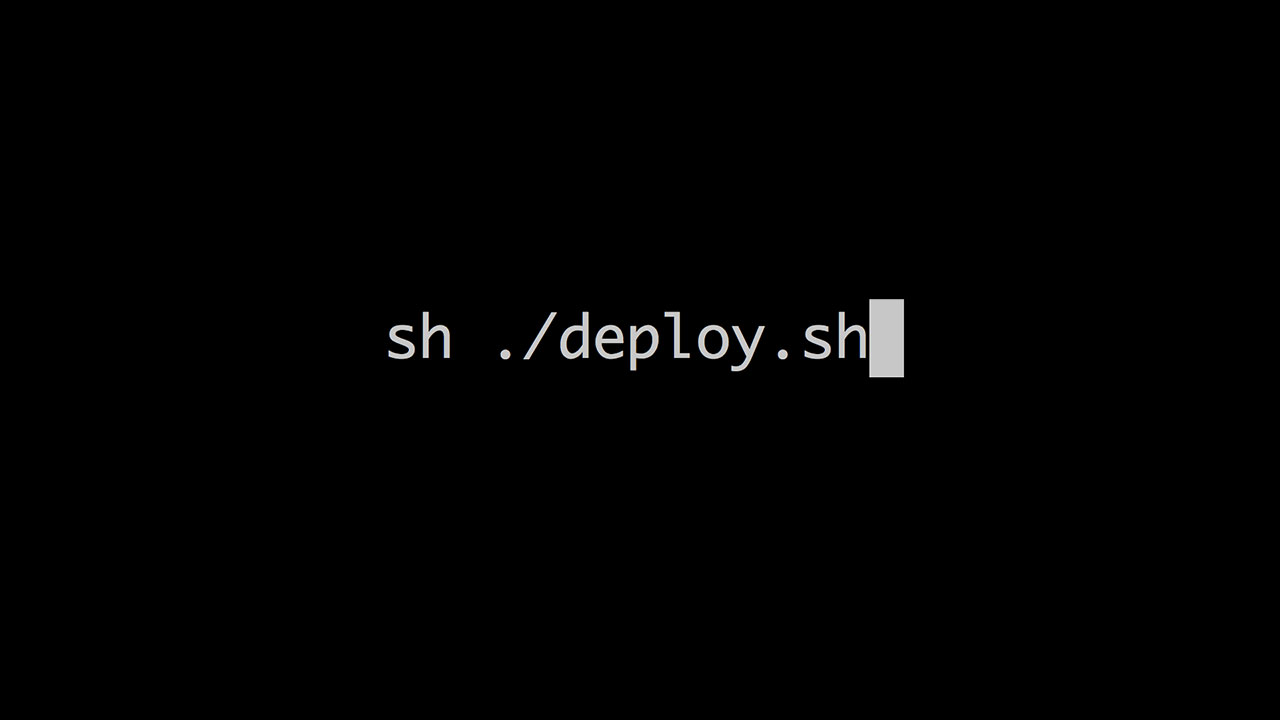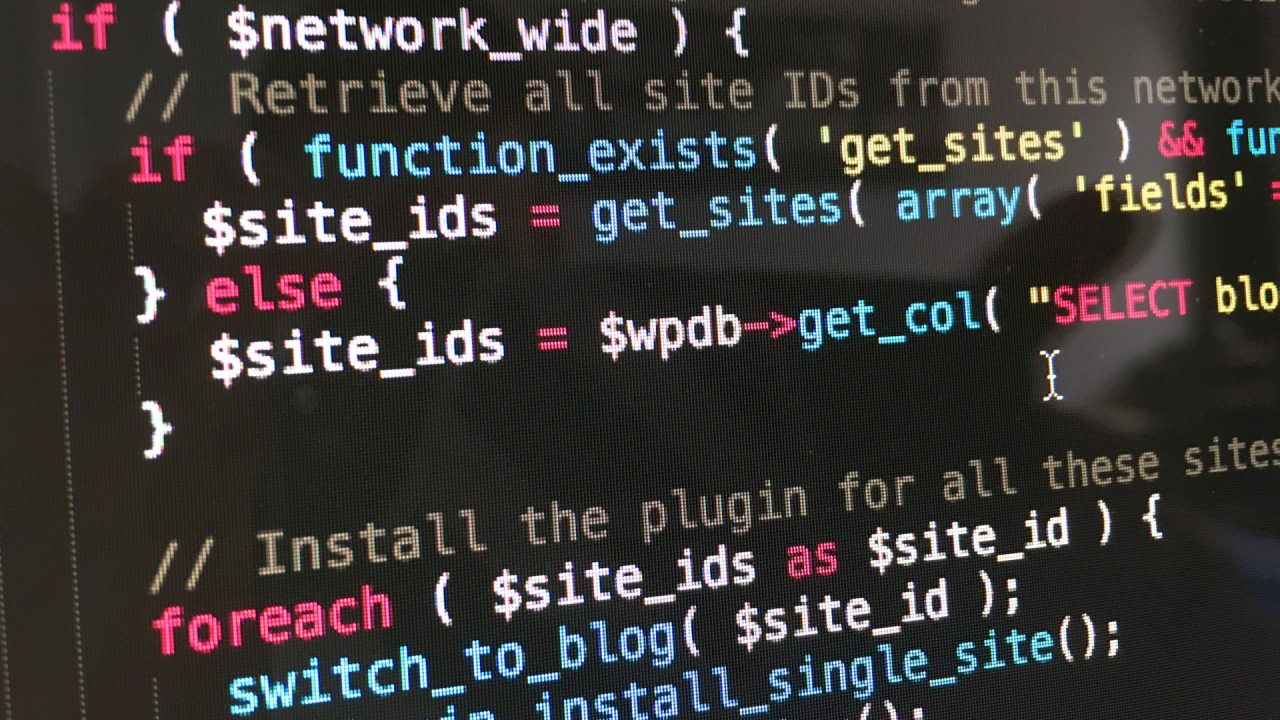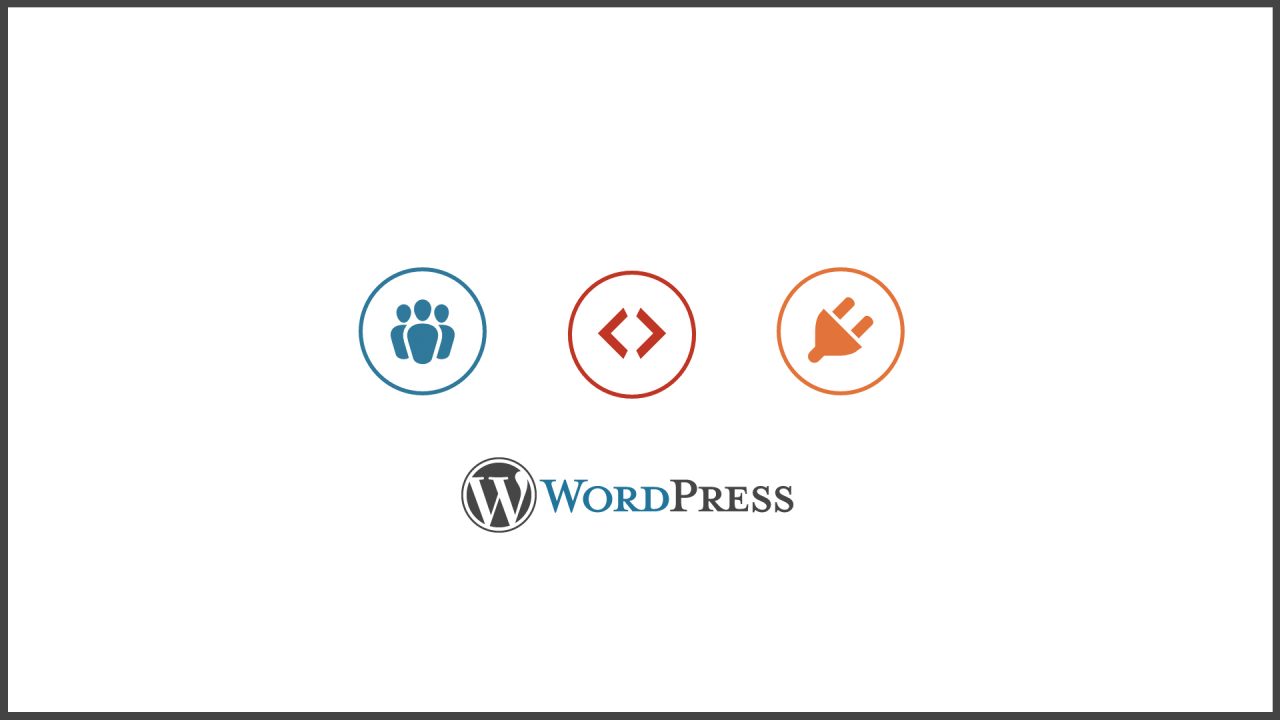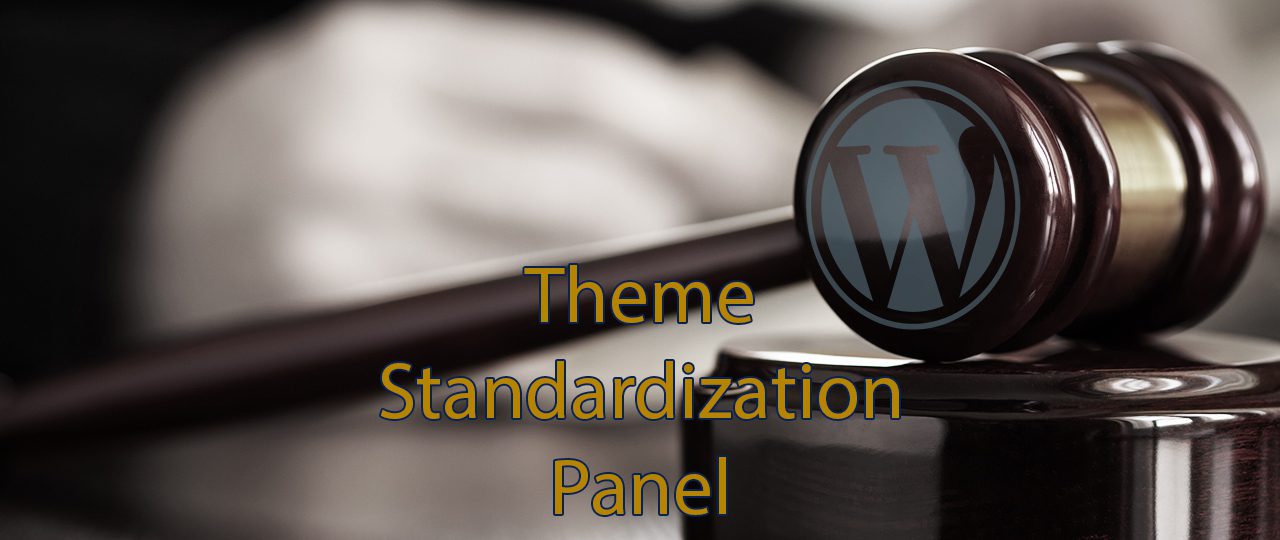Today is a special one for me: It marks my second anniversary as part of the WordPress community. It was this day two years ago that I was on a plane to Sevilla, excited to attend my first ever WordCamp, WordCamp Europe 2015. It has been an incredible journey for me since then, and I’d like to process and share my experience of what has happened in the past year (I also have posts up for that very first WordCamp and for the recap of my first year).
Category: WordPress
-
Finally I’m on vacation. Which ironically finally gives me time to migrate my website, something that I have been wanting to do for several months. While you might think that I spend too much time with WordPress, I have to say that there is nothing stressful to me about doing some of the things that I wouldn’t be able to otherwise – rest assured that I’m spending enough time sitting in the sun, dining and doing nothing. ☀️
Alright, the reason I’m writing this post is simply that I would like to share a tiny bit about what I did. This website as well as all my other sites, more or less related (for example I have a cocktail blog y’all should follow) are now hosted on SiteGround (
capital_G_dangit()!). Previously I had all these sites hosted with Google Compute Engine for a little more than a year. This was an interesting experience for me that I had wanted to do, since it allowed me to learn a little more on how all the internals of maintaining a web server setup works, without being too complicated. If you don’t know about Google Compute Engine, it’s basically a lot similar to Digital Ocean, however it runs on Google’s infrastructure and is part of Google Cloud Platform, which can be compared to Amazon AWS. Anyway, all of this helped me learn a lot, but it was also obviously more work than usually, so I’m happy I’m back at a regular host now that keeps things for me simple. Another reason that I’m happy that this experiment is now finally over is that it was quite an expense and oversized for my needs – at this point I’m good moving back to a shared host for this. I would have done that sooner, but then again, I needed a relaxed environment and time to do it. -
If you’re a theme developer, you’re probably aware of the bits and pieces you need to look out for to have your theme be compliant with WordPress standards, for example in order to get it to appear in the wordpress.org themes repository. A theme is pretty much a separate unit within the infrastructure of a WordPress setup, it uses several specific functions that WordPress core provides and may also use some markup that is already part of core, such as a default search form or pagination. What is less commonly known though is that there are also things to look out for to make your theme fully compatible with the Multisite feature of WordPress. It’s nothing complex for most cases, but it is often overlooked. I’ll highlight the two special requirements in this post.
-
This morning I read a very good discussion on the usability of WordPress Core on the Post Status Slack, primarily focussed on the comparison with platforms like Wix (if you’re a member, I highly encourage you to read it). One thing that, once again, struck me was how we have the issue where developer expectations of WordPress vastly differ from user expectations – let me address this in just a bit. For the beginning I would like to quote something Helen Hou-Sandí said during the discussion:
WP does not currently exist as a good piece of software for “building a site”. It’s getting there, and I think the vision’s been there for quite some time, just that this particular dev-oriented audience gets lost in what we want to do with WP and pushes back against features that would move toward said vision in the first place, just because it’s not what we need to do client stuff.
-
We hate SVN. At least most of us do. We all love GitHub (or Bitbucket, GitLab or similar). Yet, we wanna do WordPress plugins and put them up in the plugin repository.
There comes a time when everyone needs to get in touch with SVN, which is not wrong. As a developer, you should be familiar with it so that you can contribute to WordPress Core. 🙂 But using SVN to manage your plugin is a pain, especially since you probably have all development happen on a platform like GitHub. Fortunately, it doesn’t need to be like that. There are ways to deploy new plugin releases without even knowing that SVN is being used. Even if you love SVN to death, a deploy script for your plugins is worth using – let me introduce one to you in this post.
-
If you’ve been getting your way around with WordPress, you have probably heard of that thing called Multisite. Multiple web sites in one WordPress installation, that is. You may also call it a network of sites. If you haven’t actually used it, that’s another issue – maybe you have not (yet) come across a project where Multisite would have been the right fit. (In any case, I would encourage you to try it out on your dev environment then.)
This post is not about Multisite though. It’s about how you can make your regular plugin that you would like to write or might have written years ago compatible with Multisite. Because even if your plugin does not do anything related to Multisite in any way, there are some things to take care of, in particular you need to take care of your plugin’s activation / deactivation / uninstallation routines (if you have something like it in your plugin). Otherwise you are locking out some users from using your plugin, and you certainly don’t want that, I’m sure. Now that you have read this, please don’t run away, it’s not something you need to spend days for – it might only take a few minutes, and if you don’t have any of these routines, there actually is nothing else to do to make the plugin compatible (at least not for the scope of this tutorial). But now, let’s get started!
-
WordCamp Europe 2016 is over – well, not quite for me, according to a saying that says it’s not over until you blog about it. A year after my first WordCamp, it was coming back to the continental WordCamp which certainly raised the bar for those to come.
#WCEU is not over until you blog about it! Share your stories, your take aways, your favorite moments with us!
— WordCamp Europe (@WCEurope) June 27, 2016
WordCamp Europe (a.k.a. WCEU) this year was held in Vienna, Austria from June 24-26, with an announced attendance count of about 2400 people – the largest WordCamp yet. It also had Matt Mullenweg and Mike Little, both co-founders of WordPress, attend their first WordCamp together in years. And it also had all the six lead developers of the project as well. It was held only a few days before the first beta of WordPress 4.6. It also had Wiener Schnitzel and other Vienna gourmet food per the location. A lot of perks here, so the expectations were high, and they were certainly met, maybe even more.
-
I haven’t blogged anything in almost two years now. Well, with one exception. About a year ago I posted about my experiences at my first WordCamp, WordCamp Europe 2015. Looking back, it totally made sense that, in a time of not blogging, I at least blogged exactly that – because it changed my life.
-
Last weekend, I attended my first WordCamp: it was WordCamp Europe 2015 which took place in Sevilla, Spain from June 26 – 28. One week later, I feel like I have processed my various impressions from there which I would like to share in this post.
-
A while ago I read this post by Yoast on implementing standardized theme hooks in WordPress so that plugin developers have a unified way to insert their content into a specific theme location. The ideas Yoast included there were, in my opinion, amazing – and I immediately thought that a thing like this should be pushed forward. I also found an interesting Github repository of a thing called “Theme Hook Alliance”, but unfortunately I was not able to contact anyone there and I had the impression that it is not maintained any longer. Although discussions exist about including standardized theme hooks in WordPress Core, it currently doesn’t look like such a feature could possibly be added soon. That’s why, based on the resources mentioned above, I took some time to figure out a set of guidelines that, like I think, would vastly improve the WordPress infrastructure if people maintained this standard: The “WP Theme Standardization Panel” defines these guidelines (in the Github repository you’ll find instructions and a reference file on how to implement them). There is no file that you must necessarily include in your theme, it is just a standard you should maintain in your theme. I hope that this makes its way around so that WordPress developers start discussing about it, adding useful ideas and (best case) implementing it into their themes. And this is in no way a finished set of ideas – please take part in improving as much as there is to improve!
